Discover 9 hidden attractions, cool sights, and unusual things to do in Aizuwakamatsu (Japan). Don't miss out on these must-see attractions: Aizuwakamatsu Castle, Oyaku-en, and Takizawa Honjin. Also, be sure to include Ōtsukayama Kofun in your itinerary.
Below, you can find the list of the most amazing places you should visit in Aizuwakamatsu (Fukushima).
Table of Contents
Aizuwakamatsu Castle
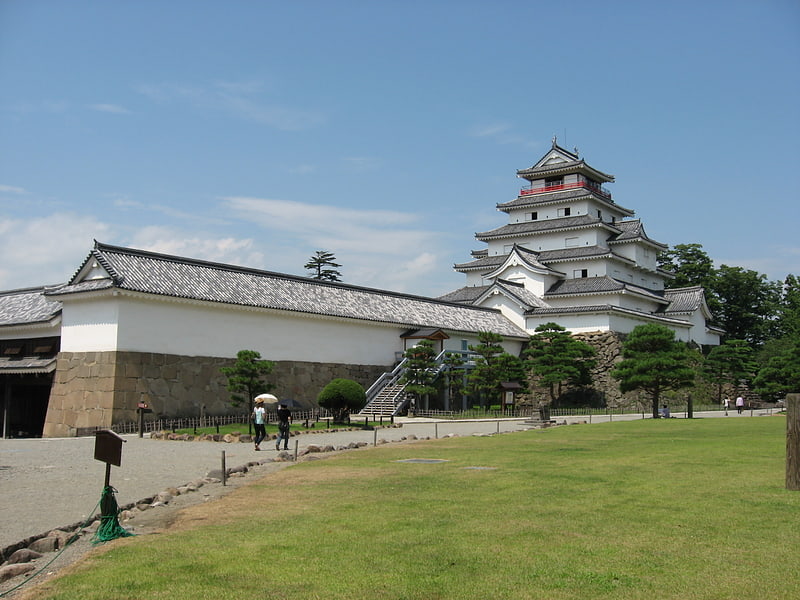
Also known as: 若松城
Recreated 14th-century castle and museum. Aizu-Wakamatsu Castle, also known as Tsuruga Castle is a concrete replica of a traditional Japanese castle in northern Japan, at the center of the city of Aizuwakamatsu, in Fukushima Prefecture.[1]
Address: 1-1 Otemachi, 965-0873 Aizuwakamatsu
Oyaku-en

Also known as: 御薬園
Garden in Aizuwakamatsu, Japan. Oyaku-en is a medicinal herb garden in the city of Aizuwakamatsu, Fukushima Prefecture, Japan. The garden was designated a Place of Scenic Beauty by the Japanese government in 1932. It is also known as the Aizu Matsudaira-clan Garden.[2]
Takizawa Honjin

The Takizawa Honjin is a building in the city of Aizuwakamatsu, Fukushima, Japan which was used as a honjin by the daimyō of Aizu Domain during the Edo period. The building was designated an Important Cultural Property of Japan in 1971 and a National Historic Site of Japan in 1970.[3]
Ōtsukayama Kofun

The Ōtsukayama Kofun is an early Kofun period zenpō-kōen-fun key-hole shaped tumulus located in what is now part of the city of Aizuwakamatsu, Fukushima in the southern Tōhoku region of Japan. The site was designated a National Historic Site of Japan in 1972. It is the second largest kofun in Fukushima Prefecture after the Kamegamori kofun and the fourth largest in the Tōhoku region. The grave goods recovered from the kofun were collectively designated a National Important Cultural Property of Japan in 1977.[4]
Fukushima Museum
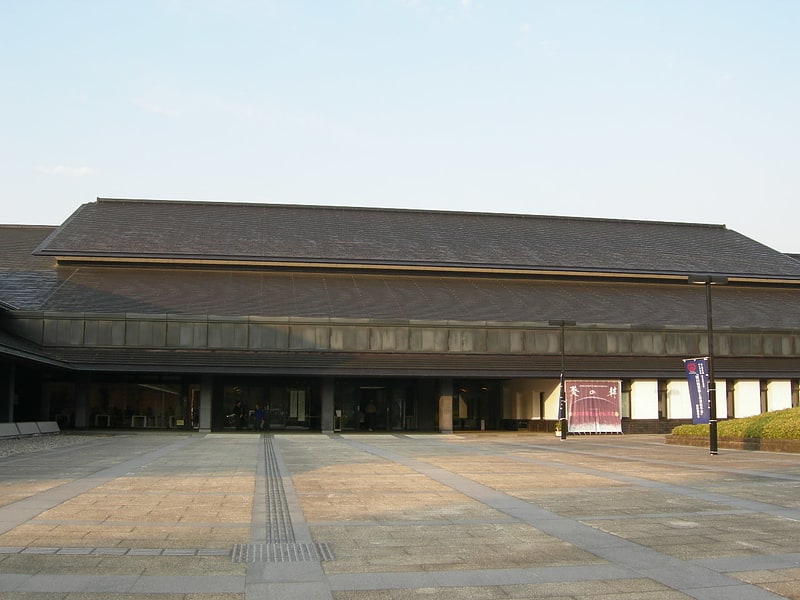
Also known as: 福島県立博物館
Museum in Aizuwakamatsu, Japan. Fukushima Museum is a prefectural museum in Aizuwakamatsu, Japan, dedicated to the natural history, history, and culture of Fukushima Prefecture. The museum opened in Tsuruga Castle Park in 1986.[5]
Address: Aizuwakamatsu, 1-25 Jōtō-machi
Aizu Matsudaira clan cemetery

The Aizu Domain Matsudaira clan cemetery is located in two locations. One is in the city of Aizuwakamatsu, Fukushima, and the second is in the town of Inawashiro, Fukushima Japan. The cemetery contains the graves of the successive daimyō of Aizu Domain. The cemeteries were collectively designated a National Historic Site in 1987.[6]
University of Aizu
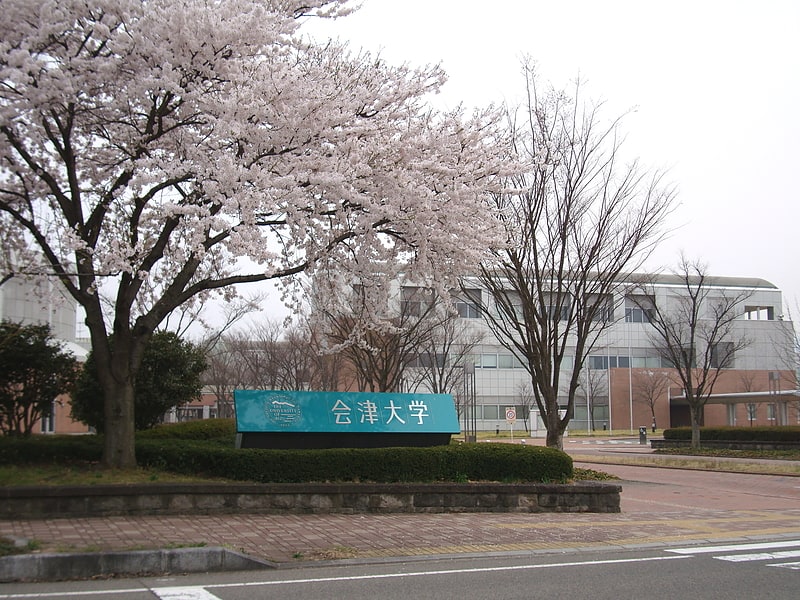
Also known as: 会津大学
University in Aizuwakamatsu, Japan. The University of Aizu in Aizuwakamatsu, Japan, is the first university dedicated to computer science engineering in Japan. It has about 1,100 students enrolled in its undergraduate and graduate programs. The university's motto is "to advance knowledge for humanity" and it carries out significant research in computer science.[7]
Mt. Iimoriyama
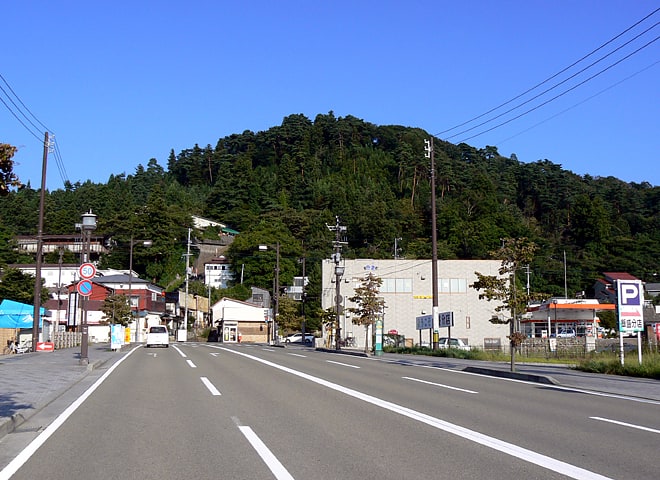
Mountain in Japan. Iimori Mountain is a mountain near the city of Aizuwakamatsu, Fukushima Prefecture, Japan. It is notable as the site where members of the Byakkotai committed ritual suicide in 1868, during the Boshin War. It is located about 1.5 kilometers northeast of Tsuruga Castle.
There are two monuments at the top of the mountain: one was a gift from the Italian Fascist Party in 1928, and the other was from Nazi Germany. They were installed to show reverence for the Byakkotai spirit. After the surrender of Japan at the end of World War II, members of the Occupation, specifically of the U.S. Army, replaced the Hakenkreuz on the German monument with an iron cross.
Iimori Mountain has been heavily commercialized and the site includes many souvenir shops and exhibitions. The staircases from the foot of the mountain to the top are fairly steep, though there is an escalator. Downhill from Iimori Mountain stands Sazae-dō (さざえ堂), an octagonal wooden pagoda built in the 18th century, which formerly sealed 33 statues of a Buddhist goddess. The statues were removed in accordance with the Shinbutsu bunri policy during the Meiji period (1868–1912). Another shrine at the site is Uga-shindō (宇賀神堂), near Sazae-dō, which was built during the late 17th century and deifies a white snake as a god of abundance and fertility.[8]
Hui jin wu jia wu fu
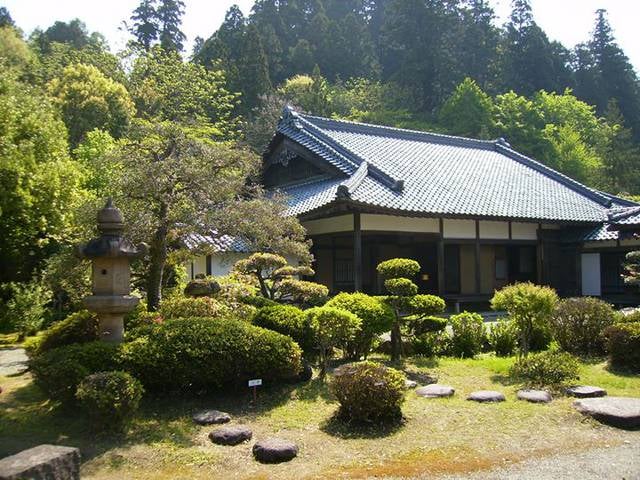
Museum